In true, mountain-out-of-a-mole-hill government fashion, the Wisconsin Department of Health Services recently released updated COVID-19 guidance, urging hunters to wear a mask when field dressing any whitetail they’ve killed. Wisconsin deer hunting regulations have not changed to reflect the recommendations, however.
When the pandemic kicked off in 2020, researchers found SARS-CoV-2, the virus that causes COVID-19 in humans, in mink, otters, tigers, lions, and non-human primates.
This year, researchers discovered the virus in whitetail deer.
According to a study done in January by the US Department of Agriculture National Wildlife Disease Program, 40% of deer sampled in Illinois, Michigan, New York, and Pennsylvania had antibodies to COVID-19.
Researchers believe whitetails contracted the virus from human interaction, but are not sure exactly how it happened.
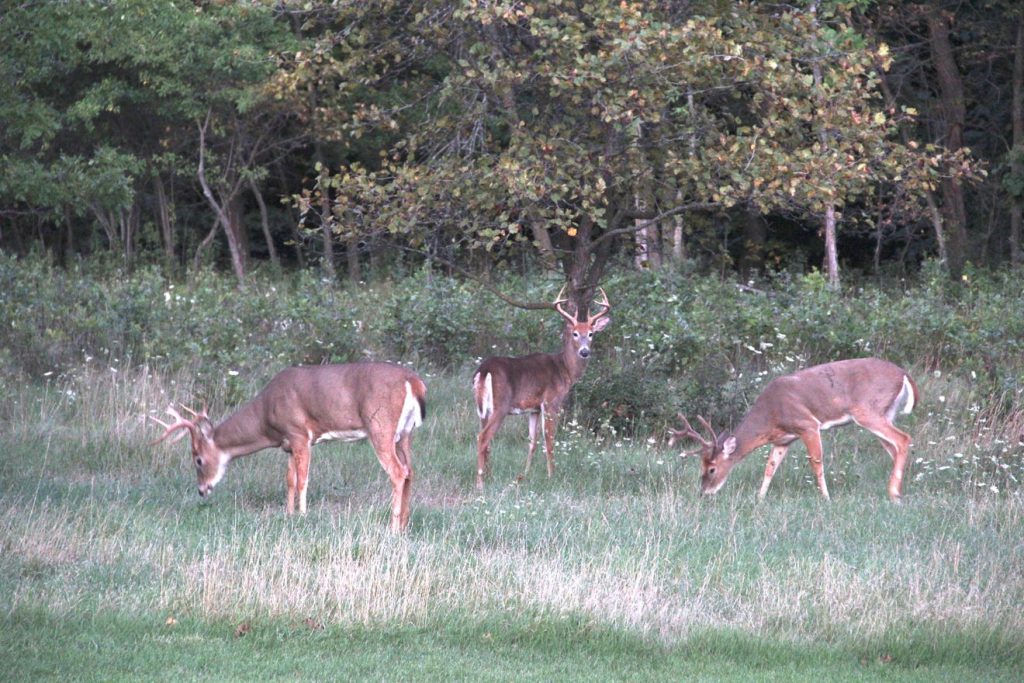
Related: Chronic Wasting Disease Outbreak: Wyoming Collects 1,000s of Samples
While health officials said there is no evidence that people can contract COVID-19 from whitetail deer or any wildlife, even through eating cooked game meat, the agency still opted for this Chicken Little addition to their deer-handling guidance.
However, that isn’t to say hunters shouldn’t take some precautions when field-dressing a deer. The agency already offers recommendations for good hygiene practices to reduce the risk of exposure or spread of other diseases, like Chronic Wasting Disease (CWD), when processing animals.
Wearing rubber or disposable gloves is now a common practice, for example. Aside from the disease protection, they help you keep a better grip on your knife and make clean-up a hell of a lot easier, too.
According to the agency’s website, “Hunters are always encouraged to use good hygiene practices when processing animals to reduce their risk of exposure to many possible disease agents.”
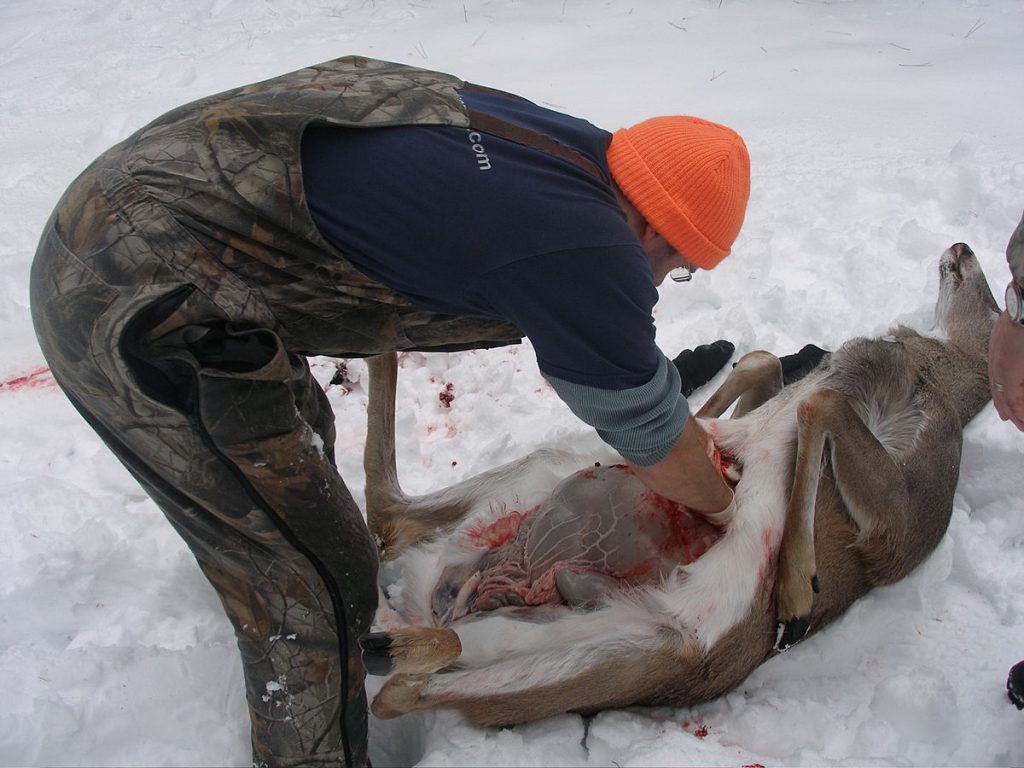
Related: New Animal Tracking Software: Hunting, Conservation Game Changer?
Dr. Tony Goldberg, University of Wisconsin veterinarian and epidemiologist, and non-hunter, thinks that human-to-human social protocols would be advisable.
“If I were a deer hunter, I would be careful,” Goldberg said. “I would treat a deer like somebody who is likely to be infected with COVID, so I might wear a mask and gloves, for example, when I was field dressing a deer.”
Jim Smukowski, a hunter out of Oconomowoc who is planning to hunt this week, had a different response to the health department’s recommendations.
“Say what? I think we’ve got bigger fish to fry,” he said.
Health officials warn that hunters should only cut through the backbone, spinal tissues, lungs, throat, and mouth/nasal cavity if absolutely necessary — when submitting the head for CWD testing, for example.
Also, deer brain should stay off the menu.
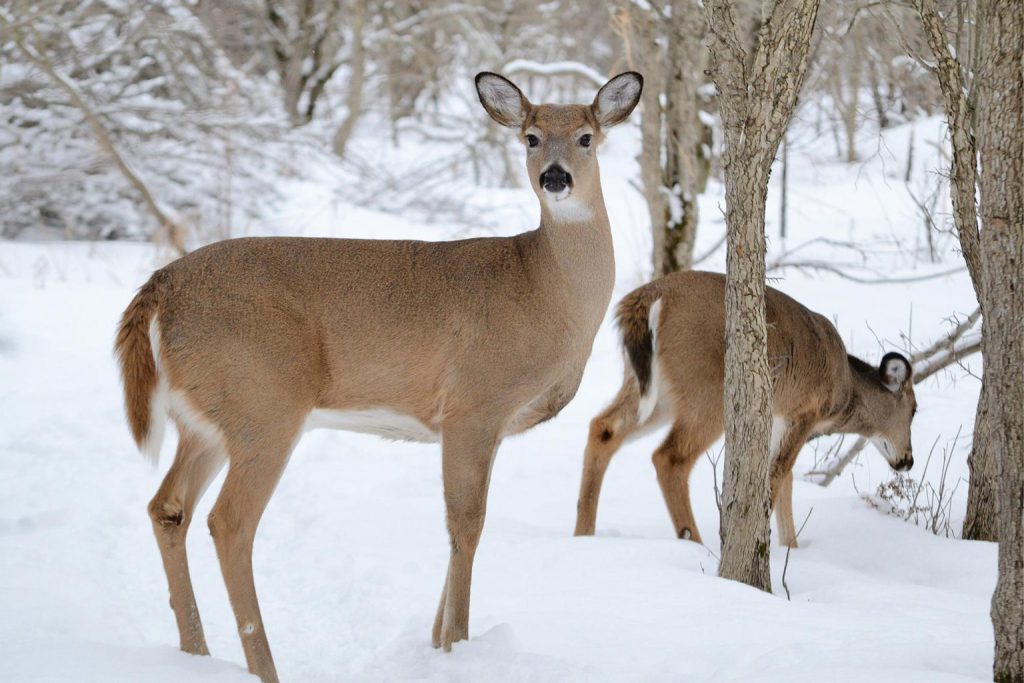
Related: Where are the Deer Hunters? Michigan Licenses Down by 250K
By adding one more mask hurdle, the hope is that the virus will not leap from wild animals to unsuspecting humans.
But, through some twisted sense of logic, this whole deal could potentially be construed another way.
It’s not difficult to imagine updated-updated guidance or a change in Wisconsin deer hunting regulations, that calls for masking-up in the field as a way to reduce the risk of a COVID-carrying human transmitting the disease to other deer or additional species like coyotes, raccoons, foxes, hawks, crows, or even bears.
While this, admittedly, is a stretch, the agency’s hygiene guidance does put a big crimp in some of the most enjoyable parts of the hunting tradition.
For instance, they also recommend no eating, drinking, or smoking when gutting your deer.
So, save the celebratory Milwaukee’s Best and drag from your Marlboro Red for after you’ve butchered your deer, changed clothes, and scrubbed your hands like a surgeon.
Read Next: ‘Rona Deer: USDA Finds COVID-19 in Whitetail Population

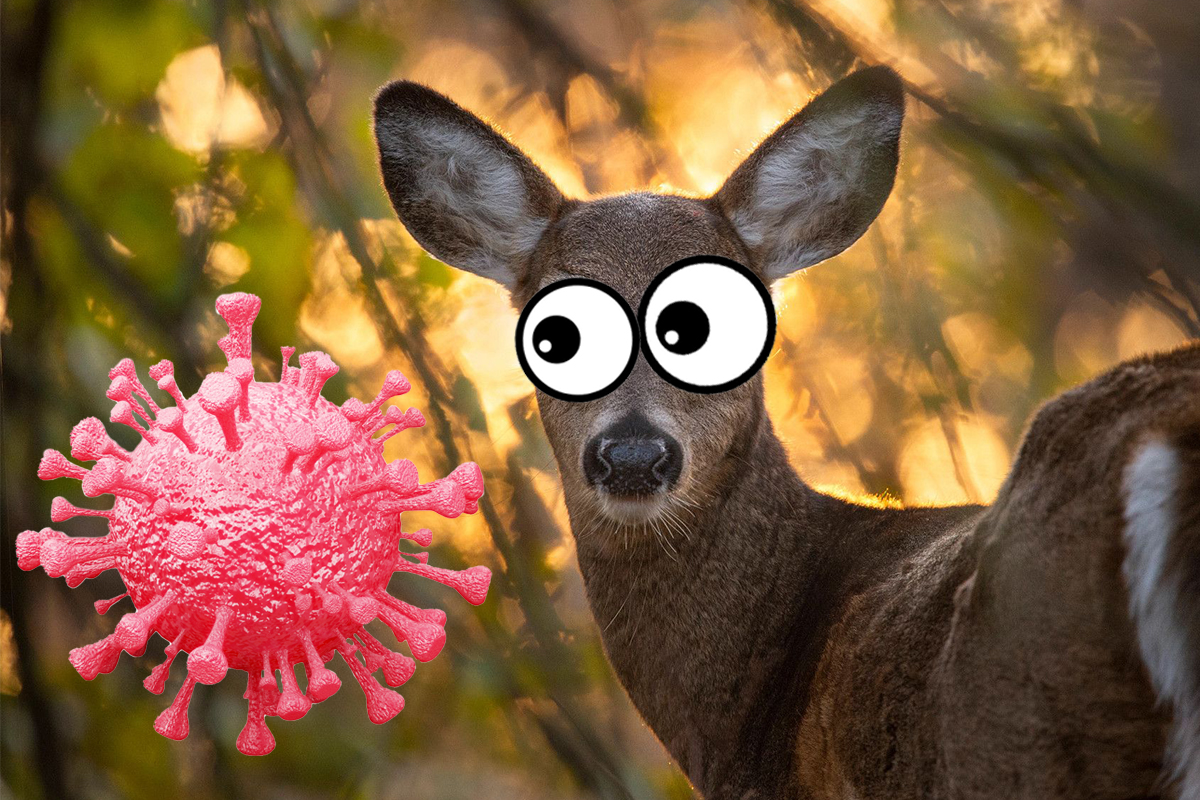

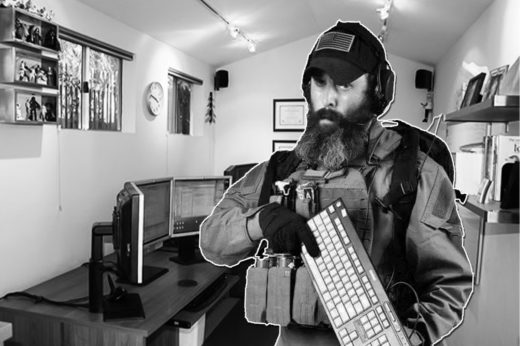


Comments